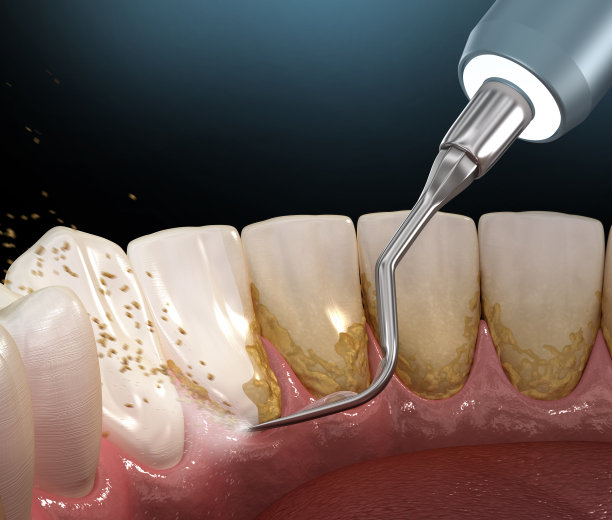The Essential Guide to Extracting a Tooth Understanding Procedures, Recovery, and Aftercare Tips for Optimal Healing
Summary: Tooth extraction is a common dental procedure that can evoke anxiety in many patients. This essential guide aims to demystify the processes involved in tooth extraction, from initial consultations to the healing journey. It covers the various types of tooth extractions, detailing what patients can expect during each procedure. Additionally, the guide offers recovery advice and aftercare tips to ensure optimal healing, making the overall experience smoother and less intimidating. With proper knowledge about the procedures, recovery expectations, and aftercare, patients can approach their tooth extraction with confidence and ease.
1. Understanding Different Types of Tooth Extractions

Tooth extractions are categorized into two primary types: simple and surgical extractions. A simple extraction refers to the removal of a tooth that is visible in the mouth, typically performed under local anesthesia. This procedure is often used for teeth that are loose due to decay or gum disease.
Surgical extractions, on the other hand, are more complex and are performed on teeth that are not easily accessible, such as impacted wisdom teeth. This procedure usually involves sedation or general anesthesia, as it may require incisions in the gums to reach the tooth.
Understanding these differences is essential for patients to prepare mentally and physically for their dental appointments. It also helps in discussing with the dentist regarding the best extraction method suited to their specific needs.
2. The Tooth Extraction Procedure Explained
The tooth extraction process begins with a detailed examination by the dentist, which may include X-rays to assess the tooths position and condition. After determining the best approach, the dentist will administer anesthesia to ensure the patient is comfortable and pain-free throughout the procedure.
Once the anesthesia takes effect, the dentist will proceed with the extraction. For a simple extraction, tools such as dental elevators and forceps are used to loosen and remove the tooth. In contrast, a surgical extraction may involve cutting into the gum tissue to properly access the tooth. Throughout the procedure, the dental team will monitor the patients comfort levels.
Following the extraction, the dentist will provide instructions for the immediate aftercare, emphasizing the importance of resting and avoiding certain activities to promote healing. Understanding the procedure can ease anxieties and help patients feel more in control of their treatment.
3. Recovery and What to Expect After Extraction
Recovery from a tooth extraction varies depending on the complexity of the procedure. Generally, patients can expect mild discomfort, which can often be managed with over-the-counter pain relievers. It is crucial to rest for the first 24 hours post-extraction.
Swelling may occur in the extraction site, and applying a cold compress can help mitigate this. Its advisable to keep ones head elevated to reduce swelling further during the initial recovery period. Patients should be cautious with their diet, sticking to soft foods and avoiding hot, spicy, or crunchy items that can irritate the extraction site.
During recovery, follow-up appointments may be necessary, especially after surgical extractions. These visits allow the dentist to check for proper healing and address any complications, reinforcing the importance of ongoing communication with the dental professional.
4. Aftercare Tips for Optimal Healing
Aftercare plays a vital role in ensuring optimal healing after a tooth extraction. Following the dentists post-operative care instructions is essential. Patients are usually advised to avoid sucking activities such as using straws for at least 48 hours, as this can dislodge the blood clot vital for healing.
Maintaining proper oral hygiene is essential but should be approached with care. Gentle rinsing with warm salt water can help keep the area clean without causing disruption to the healing tissue. Regular medications as prescribed by the dentist should be adhered to, particularly if antibiotics are provided to prevent infection.
Lastly, watching for signs that may require a dentists attention is crucial, such as excessive bleeding, severe pain, or signs of infection like fever or pus. Promptly addressing these concerns can prevent complications and ensure a smooth recovery process.
Summary:
In conclusion, this guide offers a comprehensive overview of tooth extractions, covering essential topics from types and procedures to recovery and aftercare tips. Understanding each aspect prepares patients for the experience and significantly eases their anxiety surrounding the process. By following the guidelines and recommendations, anyone undergoing a tooth extraction can facilitate a quicker and less painful healing journey.
This article is compiled by Vickong Dental and the content is for reference only.


